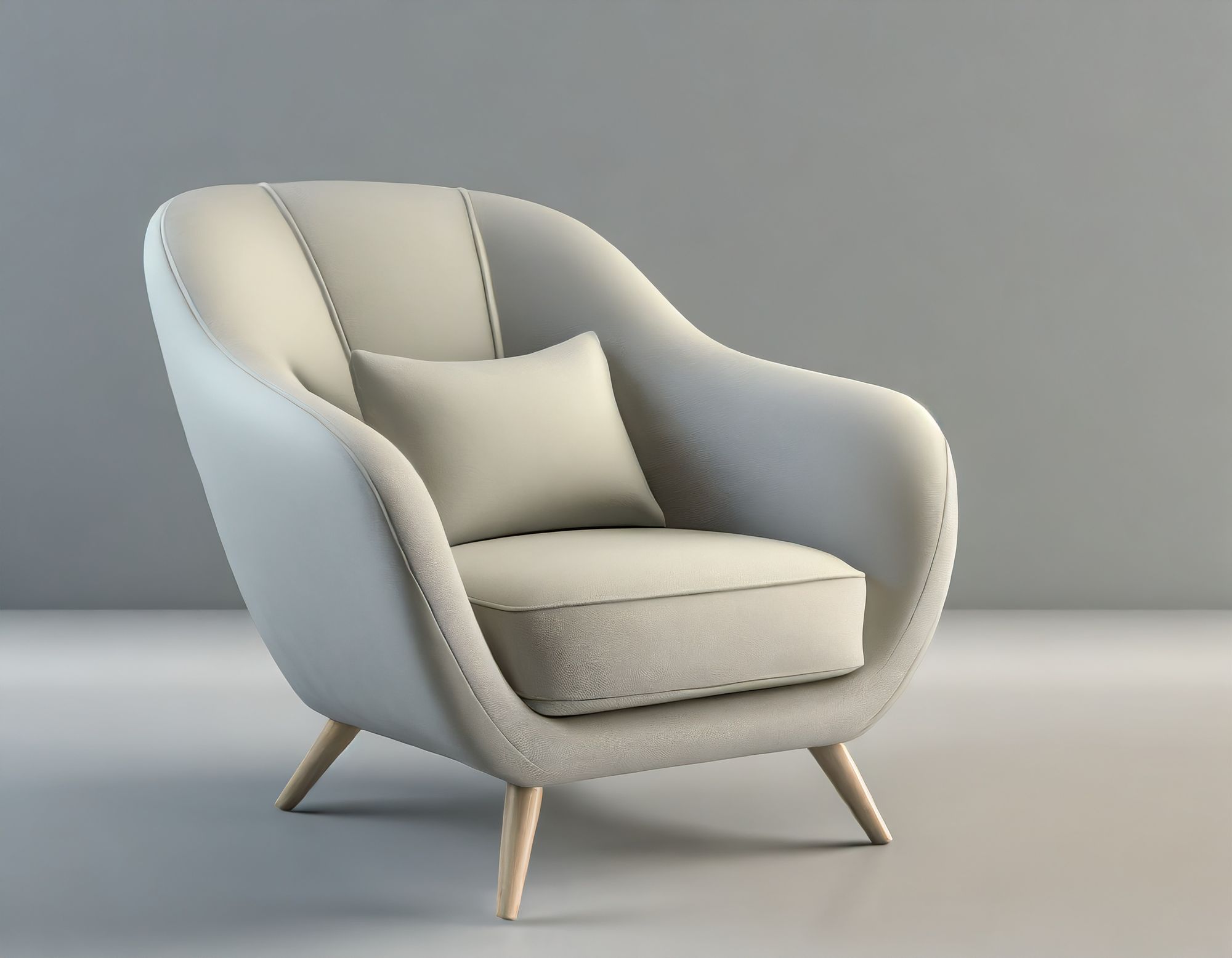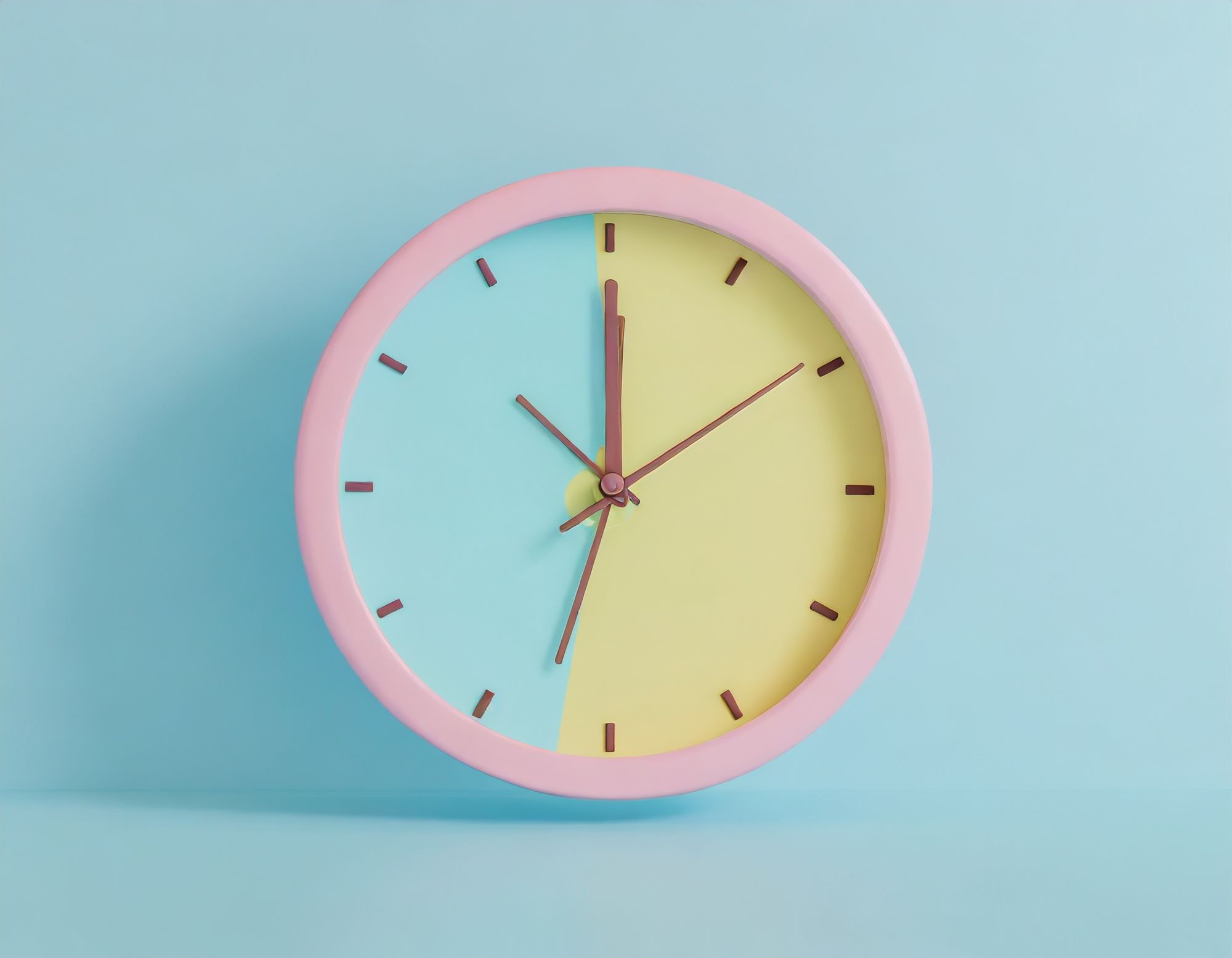When it comes to interior design, visualizing the final outcome is crucial. Renderings are invaluable tools that allow designers and clients to swiftly plan and conceptualize interior spaces.
The Power of Visualizing

Realistic Design Visualization
Renderings offer a realistic representation of the interior space, enabling designers and clients to see how the design elements come together. This visual clarity is essential for informed decision-making.
Rapid Concept Testing
Design concepts can be quickly tested through renderings, saving time and resources. Adjustments can be made with ease, ensuring the final design aligns with the vision.
The Benefits of Renderings

Precise Color and Material Selection
Renderings provide an accurate depiction of colors, materials, and textures, helping designers make well-informed choices in interior design.
Enhanced Client Engagement
Engaging clients with realistic renderings fosters a deeper understanding of the project, building confidence and trust in the design process.
Steps to Efficient Design Planning

- “The initial design concepts are the foundation. Collaborate with your client to establish the vision and requirements.” – Emily Roberts, Interior Designer
- Utilize specialized software and design tools to create high-quality renderings of the interior spaces, capturing every detail.
- “Regular client reviews and feedback loops are essential to ensuring the design aligns with their vision.” – John Davis, Design Specialist
In conclusion, the use of renderings in interior design is a game-changer. It accelerates the planning and decision-making process, offering a realistic and accurate portrayal of interior spaces.
By efficiently utilizing renderings, designers and clients can collaborate seamlessly to bring their interior design visions to life.




